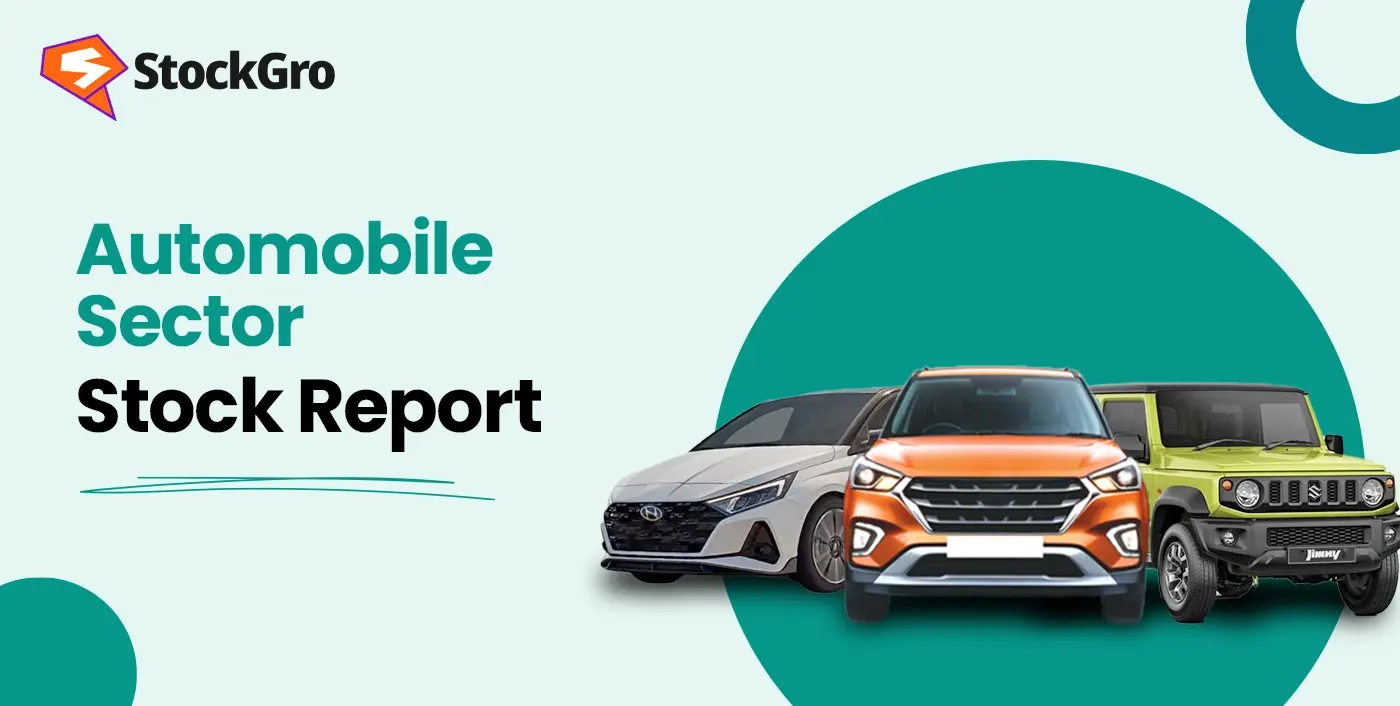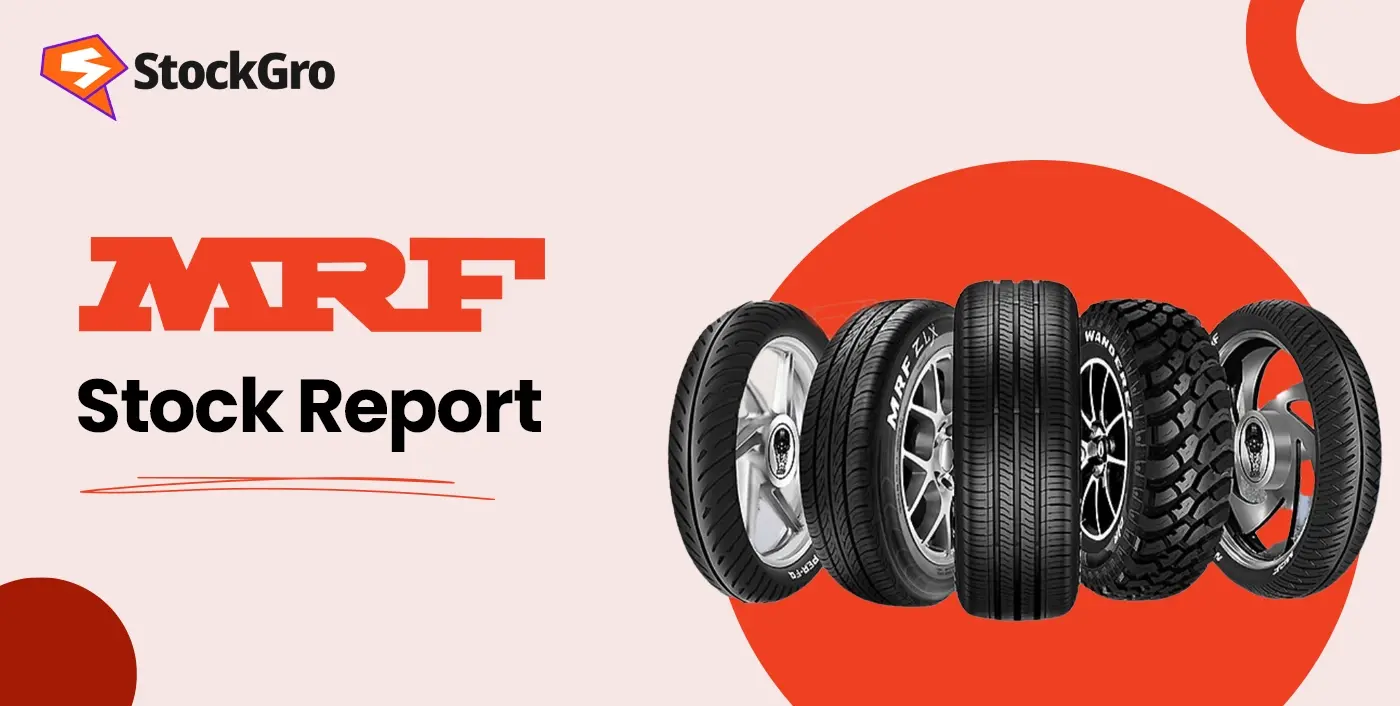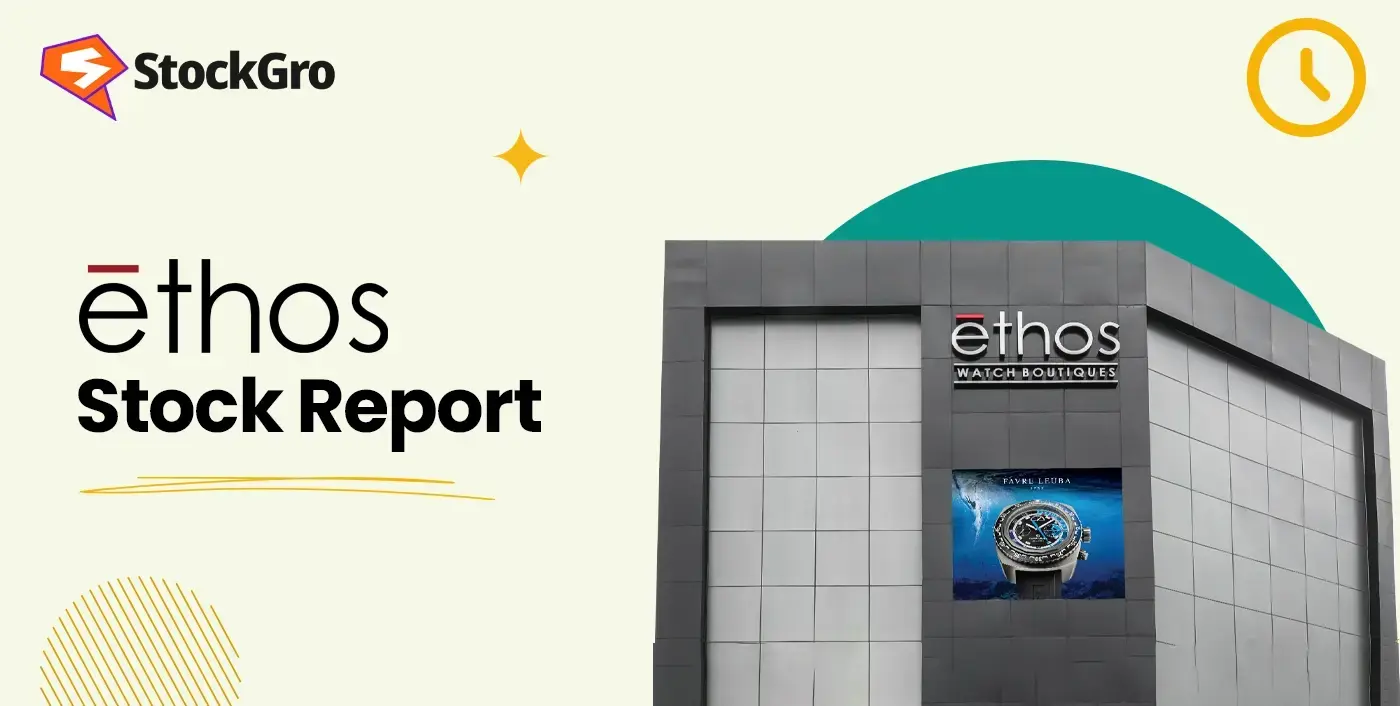
Sector overview
India’s automobile industry is the fourth largest in the world and a key driver of economic growth. It spans across passenger vehicles (PVs), commercial vehicles (CVs), two-wheelers, three-wheelers, and electric vehicles (EVs). The sector contributes nearly 7.1% to India’s GDP and employs over 35 million people.
Current Market Size (FY25):
- Total vehicles sold (domestic): ~27 million units
- Market Value: ₹19 lakh crore
- Exports: ~4.7 million units
Key Segments in the Indian Automobile Sector
a. Passenger Vehicles:
- Key Players: Maruti Suzuki, Hyundai, Tata Motors, Mahindra
- FY25 Growth: 8.6% YoY
- Shift in demand toward SUVs and premium hatchbacks
b. Two-Wheelers:
- Key Players: Hero MotoCorp, Bajaj Auto, TVS Motor
- FY25 Growth: 6.4% YoY
- Increasing demand in rural markets
c. Commercial Vehicles:
- Key Players: Ashok Leyland, Tata Motors, Eicher Motors
- FY25 Growth: 10.1% YoY
- Driven by infrastructure growth and logistics expansion
d. Electric Vehicles (EVs):
- Key Players: Tata Motors, Ola Electric, Ather, MG Motor
- FY25 EV Sales: 2.5 million units (up 45% YoY)
- Supported by FAME II, PLI schemes, and state-level incentives
Recent Developments
- Budget 2025: Continued focus on EV infrastructure and rural connectivity
- PLI Scheme: ₹12,000 crore for Advanced Chemistry Cell (ACC) batteries and ₹26,000 crore for auto and auto components
- Fuel Norms: Shift to BS-VI Phase 2
- GST Rationalization Talks: Industry pushing for lower GST on two-wheelers
Key Growth Drivers
- Rising Disposable Incomes and growing middle class
- Urbanization and aspirational demand
- Policy Support through subsidies and incentives
- Export Opportunities from India as a manufacturing hub
- EV Push led by both startups and traditional automakers
- Infrastructure Projects boosting commercial vehicle demand
Key Challenges and Risks
- Supply Chain Disruptions (semiconductors, raw materials)
- High Interest Rates impacting auto financing
- Competition from new entrants and global players
- Regulatory Uncertainty around emissions and EV norms
- Rising Input Costs (steel, rubber, lithium)
Key Players, Valuation and Stock Market Trends
| Bank | CMP(in ₹) | P/E | RoCE | 1Y Returns |
| Maruti Suzuki | 12,404 | 31x | 14% | -3% |
| Tata Motors | 687 | 27x | 22% | -39% |
| Bajaj Auto | 8,075 | 31x | 28% | -16% |
| Hero Motocorp | 4,230 | 20x | 30% | -22% |
| Ashok Leyland | 122 | 23x | 14% | -5% |
Top Picks: Maruti Suzuki (market leadership), Tata Motors (EV momentum), Bajaj Auto (export advantage)
Conclusion
India’s automobile sector is at the cusp of a transformation. With rising EV penetration, favorable policy support, and rising middle-class demand, the next 5 years could be an exciting phase for well-positioned players. Companies with strong R&D, robust supply chains, and a balanced portfolio across PV, CV, and EVs are likely to outperform.
Recommendation: Overweight the Automobile sector with a 12–18 month horizon, especially in portfolios seeking capital growth.If you found this helpful and want regular stock trade calls, check out my StockGro profile here: https://stockgro.onelink.me/vNON/6m6ykj0d
